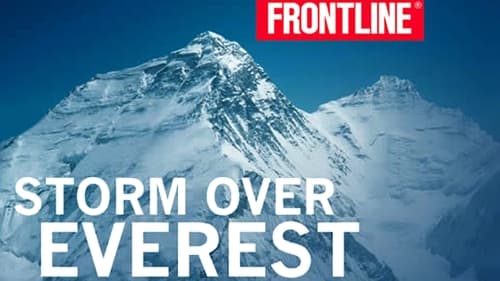Anatoli Boukreev
Nacimiento : 1958-01-16, Korkino, USSR (Russia)
Muerte : 1997-12-06
Historia
Anatoli Nikolaevich Boukreïev (Russian: Анато́лий Никола́евич Букре́ев), born January 16, 1958 in Korkino and died December 25, 1997 in Annapurna, was a Kazakh mountaineer and mountain guide.
Having climbed ten of the fourteen peaks over 8,000 meters on the planet, including seven without artificial oxygen supply, he is considered one of the greatest high-altitude mountaineers of his time. He became famous for his role in the 1996 tragedy on Everest. Boukreïev was born in January 1958 in Korkino, in the Russian Urals. After finishing high school, he entered the University of Chelyabinsk where he majored in physics and graduated in science in 1979. In 1989, he had his first big success in the Himalayas when he was part of a Soviet mountaineering expedition climbing Kangchenjunga, the third highest mountain in the world. Bukreïev spent a large part of his life in Kazakhstan, from which he obtained citizenship after the collapse of the Soviet Union.
In May 1996, Bukreïev was employed by the company Mountain Madness to guide a commercial expedition led by Scott Fischer and which was to bring eight people to the summit of Everest. During the descent, the team is surprised by a violent snowstorm. Journalist Jon Krakauer, who was part of another team present on Everest during the tragedy (Adventure Consultants founded by Rob Hall), reports that Bukreïev had climbed to the top without artificial oxygen supply. According to Krakauer, this attitude prevented him from fully playing his role as a guide to the maximum of his abilities, a criticism echoed by some of his fellow guides. He was also criticized for descending too quickly from the summit.
During the storm, the Kazakh guide was one of the main architects of the rescue of mountaineers in perdition. Boukreyev ascended twice to the summit, in the midst of a storm and at the risk of his life. He managed to save three climbers from the expedition (Tim Madsen, Charlotte Fox and Sandy Hill Pittman who had gotten lost during their descent to Camp IV (7,906 m) located at the South Col. These, blinded and disoriented by storm and nightfall, had headed for the eastern part of the South Col and the face of Kangshung, while the camp was located in its western part.He also embarked on a desperate attempt to rescue Fischer , stuck further up the mountain, but when he arrived, he was already dead. Baltasar Kormákur's 2015 film "Everest" is inspired by this heroic rescue.
On May 17, after two days of rest at base camp, he climbed Lhotse via the South Col.
He died on December 25, 1997, swept away by an avalanche during an attempted winter ascent of Annapurna by the south face in the company of Simone Moro and Dimitri Sobolev. On December 6, 1997, the American Alpine Club presented him with the David A. Sowles Memorial Award for his heroism in rescuing mountaineers lost in the storm.


